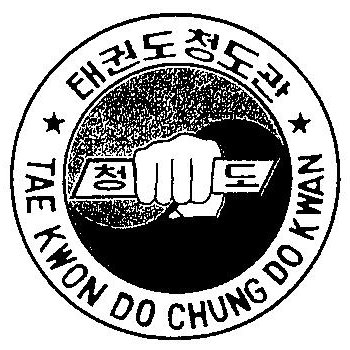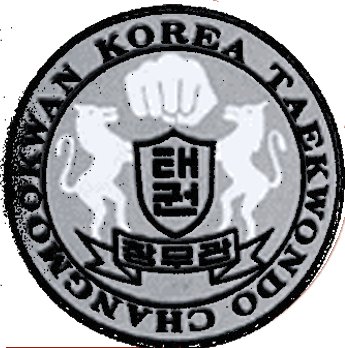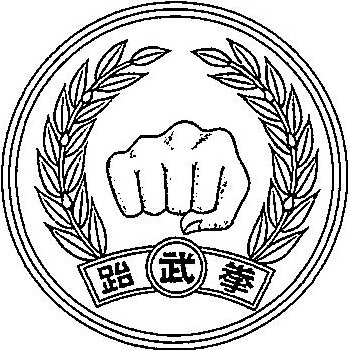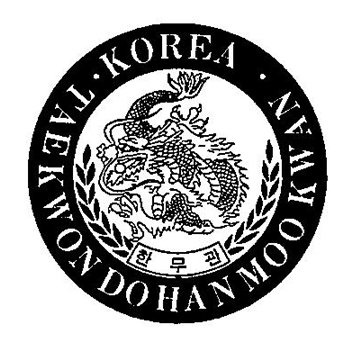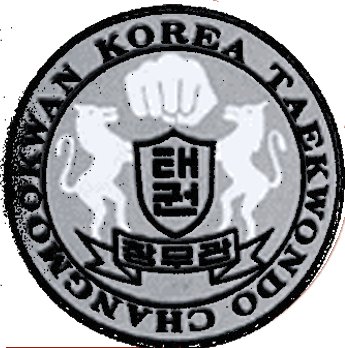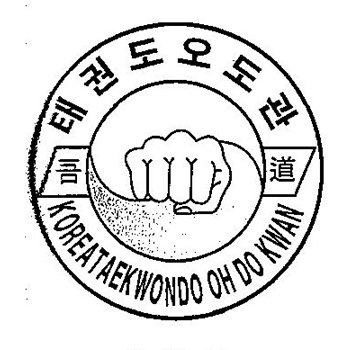“Tae” means “foot” or “to strike with the feet”. “Kwon” means “hand”, or “to strike with the hand”. “Do” means discipline, art, or way. HenceTaeKwonDo (foot-hand-way) means literally “the art of the feet and the hands” or “the art of kicking and punching”.
The term traditional Taekwondo typically refers to martial arts practised in Korea during the 1940s and 1950s by the nine original kwans, or martial arts schools, after the conclusion of the Japanese occupation of Korea at the end of World War II. The term Taekwondo had not yet been coined, and in reality, each of the nine original kwans practised its own style of martial art. The term traditional Taekwondo serves mostly as an umbrella term for these various styles, as they themselves used various other names such as Tang Soo Do (Chinese Hand Way), Kong Soo Do (Empty Hand Way) and Tae Soo Do (Foot Hand Way). In 1959, the name Taekwondo was agreed upon by the nine original kwans as a common term for their martial arts. As part of the unification process, The Korea Taekwondo Association (KTA) was formed through a collaborative effort by representatives from all the kwans,
Different styles of taekwondo adopt different philosophical underpinnings. Many of these underpinnings however refer back of the Five Commandments of the Hwarang as a historical referent. For example, Choi Hong Hi expressed his philosophical basis for taekwondo as the Five Tenets of Taekwondo
Ye-Ui, courtesy
Yom-Chi, integrity
In-Nae, perseverance, patience
Guk-Gi, self-discipline
Beakjul-bool-gul, invincibility
These tenets are further articulated in a taekwondo oath, also authored by Choi:
I undertake to comply with the principles of Taekwondo
I undertake to respect my coaches and all superiors
I undertake to abuse Taekwondo never
I pledge to stand up for freedom and justice

